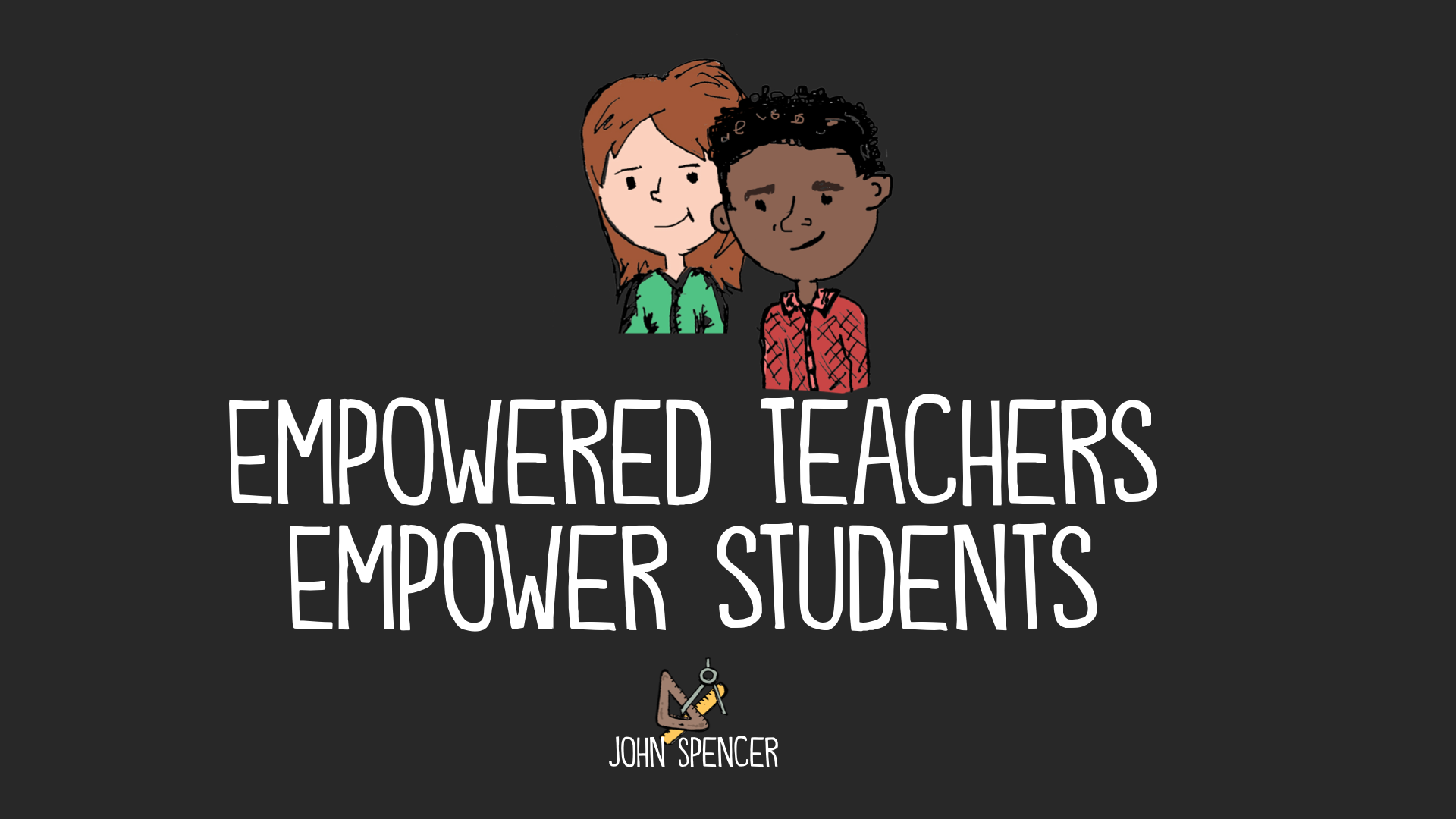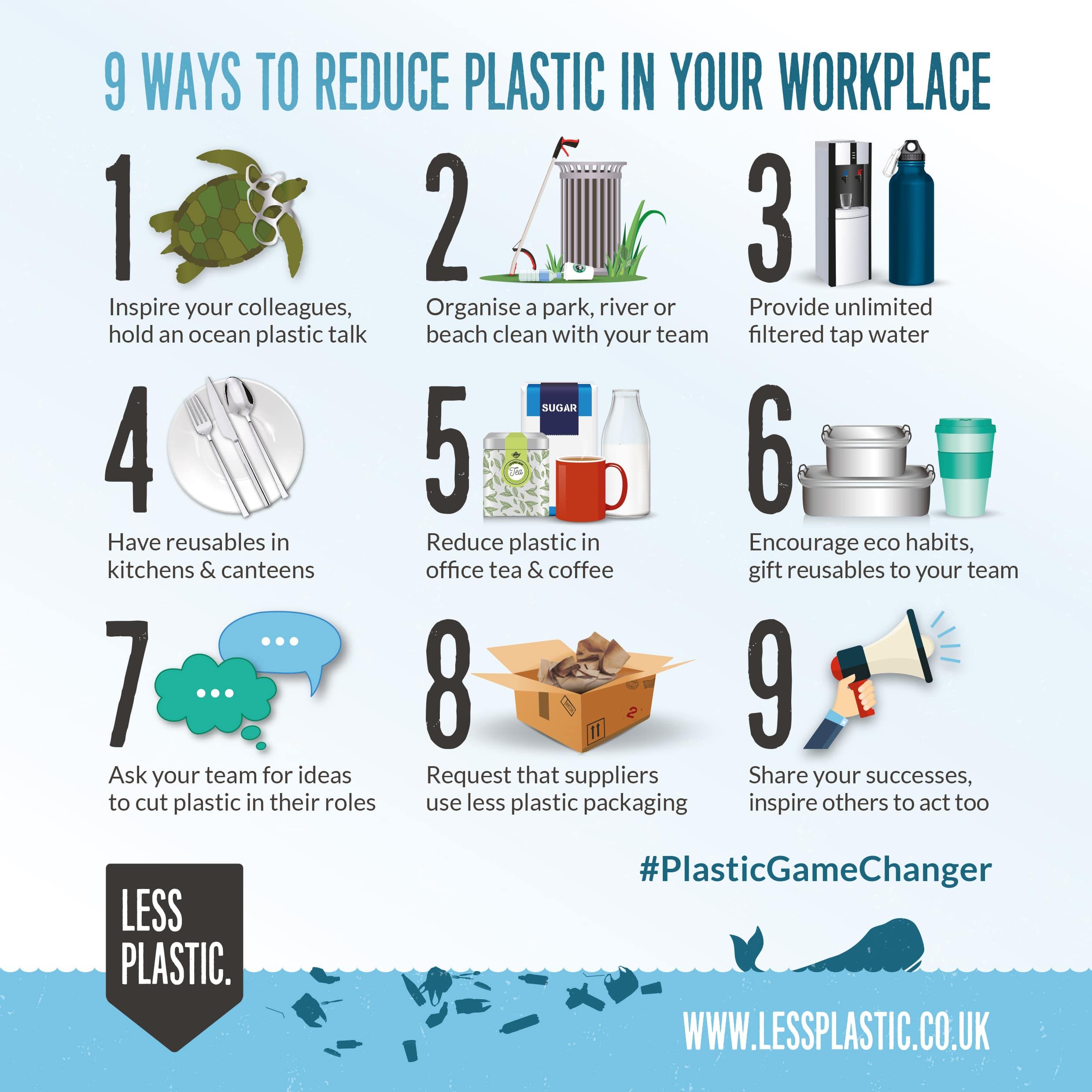Hi Chokri
Technology should enhance education by providing tools for personalized learning, accessibility, and engagement—but it cannot replace the emotional support, mentorship, and social interaction that teachers and peers provide. Human connection is essential for motivation, empathy, and critical thinking.
Best posts made by AHLEM18c600e513
-
RE: Should traditional classrooms be replaced by fully virtual learning environments by 2025?posted in 3.0 Teaching in the 21st Century Competition
-
RE: How does AI contribute to integrating climate education into school?posted in Teaching green
@Bousl2336873cb4
AI-powered storytelling: AI can generate engaging climate stories based on real-world data, helping students visualize future environmental scenarios and inspire action. -
RE: Empowering Education: Navigating Personalized Learning Technologies for Equity and Excellenceposted in Teaching in the 21st Century Teacher competition 2.0
- Digital Divide: Many students lack access to essential technology and internet connectivity, which exacerbates disparities in educational opportunities.
- Socioeconomic Factors: Affordability of devices and internet services can be a barrier, particularly for families with limited financial resources.
- Rural and Remote Communities: Geographical location can further compound issues of access, as some areas have limited infrastructure for internet connectivity.

-
RE: Should traditional classrooms be replaced by fully virtual learning environments by 2025?posted in 3.0 Teaching in the 21st Century Competition
Hello Manal
While technology can enhance access to information and personalize learning, it cannot replicate the empathy, encouragement, and real-time emotional feedback that human educators provide. Education is not just about content delivery it's also about mentorship, motivation, and relationships, which are fundamentally human. -
RE: Smart & Green: How AI is Revolutionizing Climate Education ?posted in Teaching green
@Bousl2336873cb4
AI tailors climate education to individual students, adapting lessons on sustainability, renewable energy, and conservation based on their learning pace. Smart algorithms recommend interactive content like carbon footprint calculators or virtual ecosystem simulations making complex topics engaging and accessible. -
RE: How to become the winnerposted in Teaching in the 21st Century Teacher competition 2.0
I want to carry out a project on Bullying in educational establishments
Waht your opinion?
-
RE: Educational Neuroscienceposted in 3.0 Teaching in the 21st Century Competition
@Bousl2336873cb4
)- Educational Neuroscience is a dynamic field that connects brain science, psychology, and education to better understand how students learn. It explores how memory, attention, emotion, and cognition influence learning processes, aiming to improve educational methods using scientific evidence. This interdisciplinary approach provides a deeper understanding of how the brain develops and functions in learning environments. -
RE: Rural Educationposted in 3.0 Teaching in the 21st Century Competition
@Bousl2336873cb4
Designing curriculum around local issues such as agriculture, ecology, or crafts through project-based learning can help students connect theory with practice. This approach enhances motivation, encourages problem-solving, and nurtures innovation using resources already available in rural settings. -
RE: Educational Neuroscienceposted in 3.0 Teaching in the 21st Century Competition
@Bousl2336873cb4 I really appreciate all your comments and your involvement in the subject.
-
RE: Educational Neuroscienceposted in 3.0 Teaching in the 21st Century Competition
@Bousl2336873cb4 I really appreciate all your comments and your involvement in the subject.
-
RE: Educational Neuroscienceposted in 3.0 Teaching in the 21st Century Competition
@Bousl2336873cb4 Relevant and inclusive topic. Thank you for your active participation in this E-Teach forum



-
RE: Educational Neuroscienceposted in 3.0 Teaching in the 21st Century Competition
@Bousl2336873cb4 Relevant and inclusive topic. Thank you for your active participation in this E-Teach forum



-
RE: Educational Neuroscienceposted in 3.0 Teaching in the 21st Century Competition
@Bousl2336873cb4
Relevant and inclusive topic. Thank you for your active participation in this E-Teach forum


-
RE: Should traditional classrooms be replaced by fully virtual learning environments by 2025?posted in 3.0 Teaching in the 21st Century Competition
@Sanam Relevant and inclusive topic. Thank you for your active participation in this E-Teach forum



-
RE: Should traditional classrooms be replaced by fully virtual learning environments by 2025?posted in 3.0 Teaching in the 21st Century Competition
@Bousl2336873cb4 Relevant and inclusive topic. Thank you for your active participation in this E-Teach forum



-
RE: Should traditional classrooms be replaced by fully virtual learning environments by 2025?posted in 3.0 Teaching in the 21st Century Competition
@Bousl2336873cb4
Relevant and inclusive topic. Thank you for your active participation in this E-Teach forum


-
RE: One Small Step for you,One Big step for Sustainability.There is always Something to improve !posted in Teaching green
Step-1:
- Reduce, Reuse, Recycle: Encourage individuals and communities to minimize waste by following the principles of reduce, reuse, and recycle. Set up recycling programs and provide education on proper waste disposal.

- Reduce, Reuse, Recycle: Encourage individuals and communities to minimize waste by following the principles of reduce, reuse, and recycle. Set up recycling programs and provide education on proper waste disposal.
-
RE: Empowering Education: Navigating Personalized Learning Technologies for Equity and Excellenceposted in Teaching in the 21st Century Teacher competition 2.0
- Data Governance Frameworks: Establishing clear policies and procedures for the collection, storage, and use of student data, with an emphasis on transparency and accountability.
- Informed Consent: Obtaining explicit consent from students and their parents or guardians before collecting any personally identifiable information, and providing clear explanations of how the data will be used.
- Data Security Measures: Implementing robust cybersecurity measures, such as encryption and access controls, to protect against unauthorized access and data breaches.

-
RE: Problem of water in the worldposted in Teaching green
@Bousl2336873cb4
Well done, this is a very good topical subject.